

- Top
- Technical Info
- column
IRISO' Column provides easy-to-understand explanations of technical information that is directly and indirectly related to connectors.
In particular, we aim to provide content that can be understood even by those without specialist knowledge, for those who say, "An expert explained it to me, but it was difficult and I didn't really understand it..." We aim to provide explanations at a level that is easy for outsiders to follow, rather than for specialists in that field, and we would be very happy if this inspires some people to "want to know more" and start researching and learning on their own.
Contents List
- Frequency and data rate
- Frequency distortion and coding
- Are "Floating structure" and "high-speed transmission" contradictory requirements?
- "Resistive loss" and "dielectric loss"
- Reasons for the difference in connector performance between single-ended transmission and differential transmission
- What is a High heat-resistant Connector?
- How many amperes can flow when the current is divided into multiple pins?
- Why are connector terminals plated?
- Causes and countermeasures for poor connector connection
- Which is more dangerous: a short circuit or an open circuit?
- Connector Conductors and Insulators
- What is the relationship between data rate, carrier frequency, and connector?
- Mechanical and Electrical Resonance
Frequency and data rate
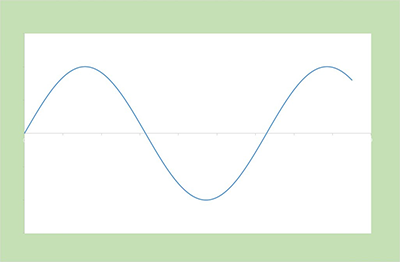
Do you know the difference between "GHz" and "Gbps"?
These two are the units of "frequency" and "data rate" respectively. In this article, I will explain the difference between "GHz" and "Gbps", as well as the terms and relationships between "frequency" and "data rate", so that you can understand it in a "understanding" state as much as possible. I'm here.
Also, this article is the first part of "Frequency Distortion and Coding".
Frequency distortion and coding
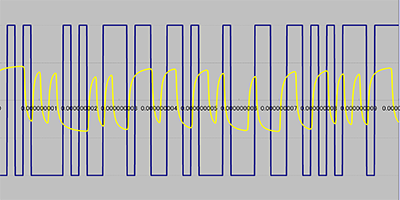
This is the second part of "Frequency and Data Rate".
If you have not read "Frequency and Data Rate", please refer to it first. It may be a little more difficult than the last time, but it is a simple summary of the contents that can be understood from the perspective of a connector manufacturer, so to speak, and the necessary range. Please read it as one topic of high-speed transmission.
Are "Floating structure" and "high-speed transmission" contradictory requirements?
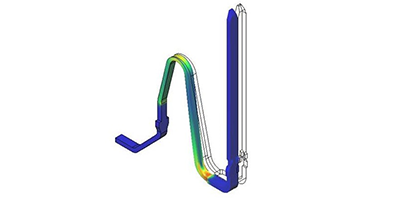
"Floating structure" and "high-speed transmission." There is a trade-off between these two functions and performances, but to achieve both, IRISO and other connector manufacturers are putting their technical and development efforts into demonstrating their skills as connector manufacturers. Why are there trade-offs between these two, and how are they achieved together? We will explain as simply as possible.
"Resistive loss" and "dielectric loss" Will the signal change to heat and become smaller?
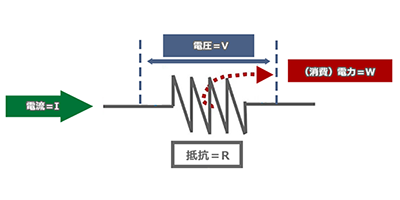
In the high-speed transmission area, why does the signal "attenuate = become smaller" when passing through a transmission line? Signal attenuation has several causes. This article deals with the theme of "loss due to electrical resistance" and "dielectric loss," which are the losses that depend on the material around the transmission line. It roughly explains what it's good at.
Reasons for the difference in connector performance between single-ended transmission and differential transmission

From time to time, we receive questions from both inside and outside the company, such as, "What about using a single-ended connector for differential transmission?" Unfortunately, in most cases, the answer is "I can't expect at least the same performance...". In this article, I will try to explain why the performance of the connector differs due to the characteristics of differential transmission and single-ended transmission, as much as possible in a way that can be "pictured".
What is a High heat-resistant Connector?

"High heat-resistant Connector" come in a variety of products, ranging from those with heat resistance of about 80°C to 680°C. In this article, we will focus on "connectors for board connection used in equipment", and explain what makes them highly heat resistant, their applications, technical issues and approaches, and special cases.
How many amperes can flow when the current is divided into multiple pins?
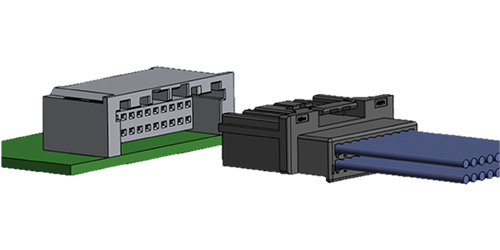
The shunt support of the connector differs depending on each manufacturer. For example, in response to a request saying, "This connector's rated current is 1.0A, but I want to use 3 pins to flow 3.0A," some manufacturers recommend shunting and others don't. Why? In this article, we will consider current shunting while touching on the response from connector heat generation due to current flow to large currents.
Why do we plate the terminals of connectors?
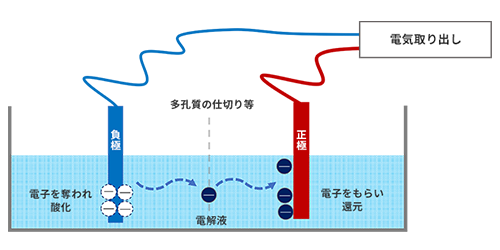
Plating is an integral part of connectors. However, the types and configurations of plating are quite complicated. On this page, we will briefly explain the main metals used in connectors and their characteristics, the two functions of connector plating, the functions of nickel plating, and the weaknesses and countermeasures of gold plating.
Connectors are fighting! ? Causes and countermeasures for poor connector connection

When it comes to electrical connections, it is actually not wrong to say that ``metal metals will conduct if they touch each other,'' but this touch needs to be ``touched firmly and correctly.'' In addition, it is also necessary to ``not touch unnecessary areas'' and ``maintain that condition.'' However, there are many obstacles to this in the environment in which connectors are used. This time, we will explain the causes of poor connections and how to deal with them.
Which is more dangerous, a short circuit or an open circuit? What is live insertion?
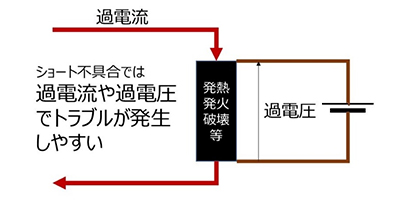
Connector defects can be broadly divided into two types: short defects and open defects, but which of the two defects should you avoid? This column summarizes the differences between the two defects, key points about connectors used for live insertion/hot plugging, and information about ESD compliance, which both have in common the aim of "avoiding damage caused by electricity."
Connector Conductors and Insulators
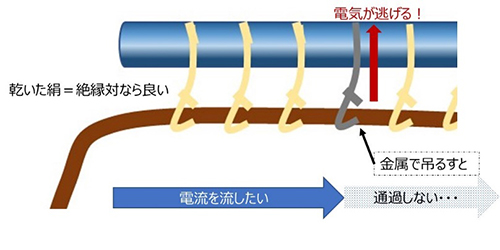
We will touch on the history leading up to the creation of connectors and some related trivia, and delve deeper into the differences in materials that come from their different purposes compared to electric wires, as well as the plastic and metal connector materials.
What is the relationship between data rate, carrier frequency, and connector?
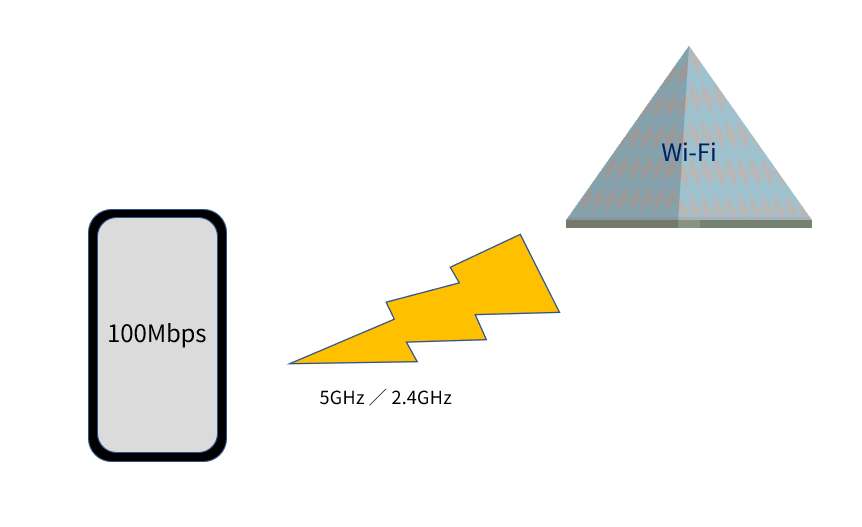
We will touch upon the differences between analog and digital modulation and explain what kind of performance is required of connectors for high-speed signals such as those transmitted wirelessly.
Mechanical and Electrical Resonance
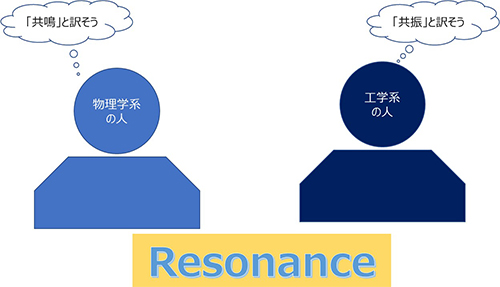
We will delve into the individual technical aspects of mechanical resonance and electrical resonance while clarifying the meaning of the terms resonance as they are used in multiple situations.

